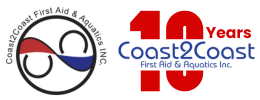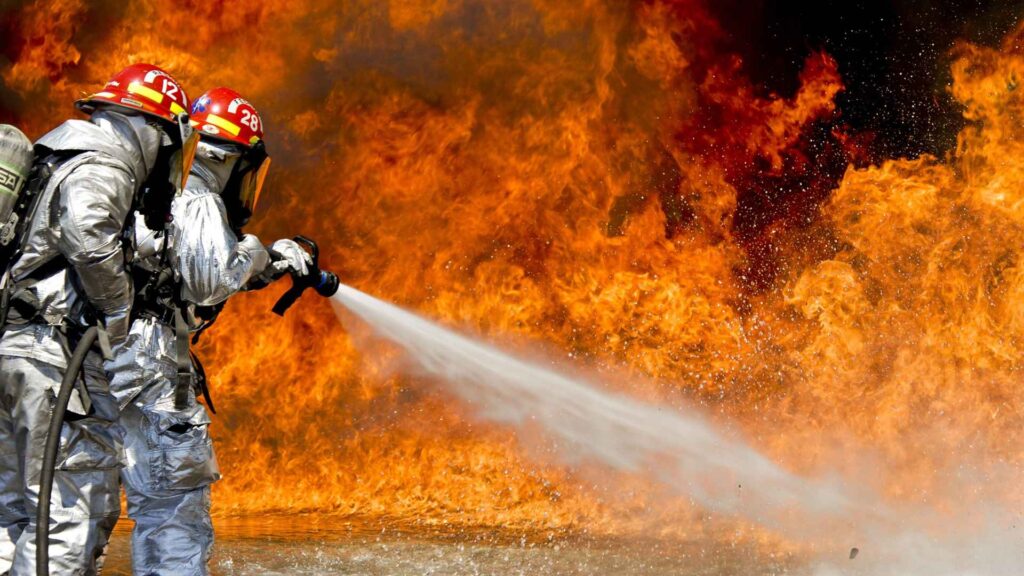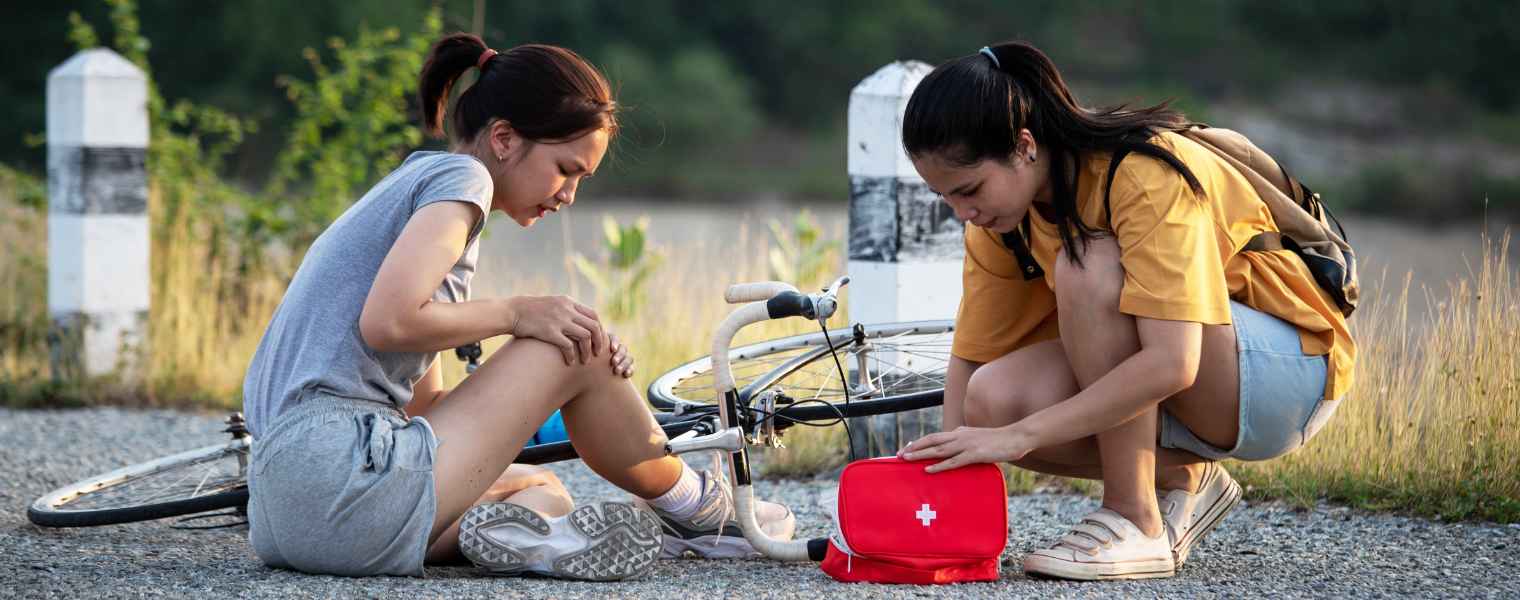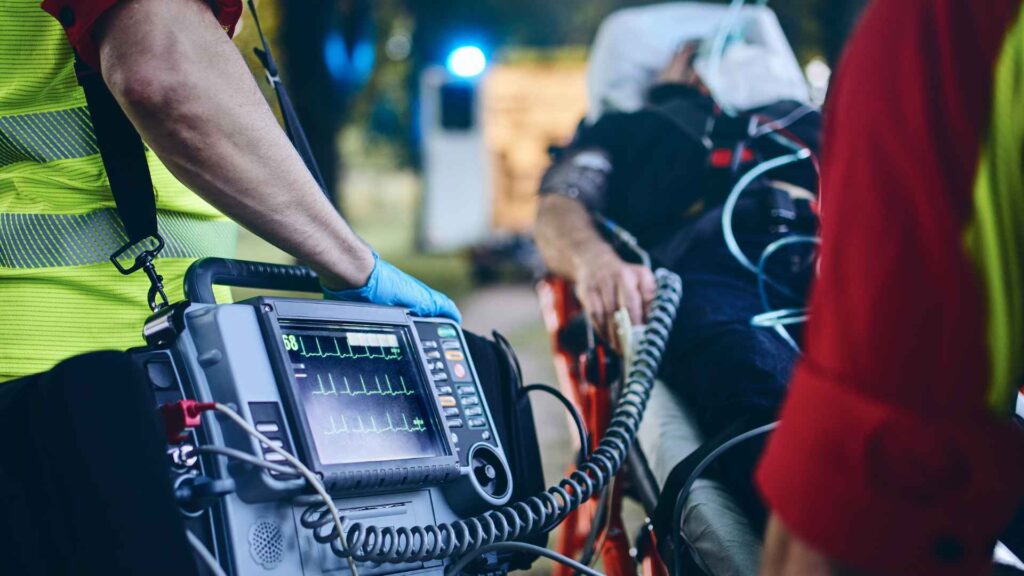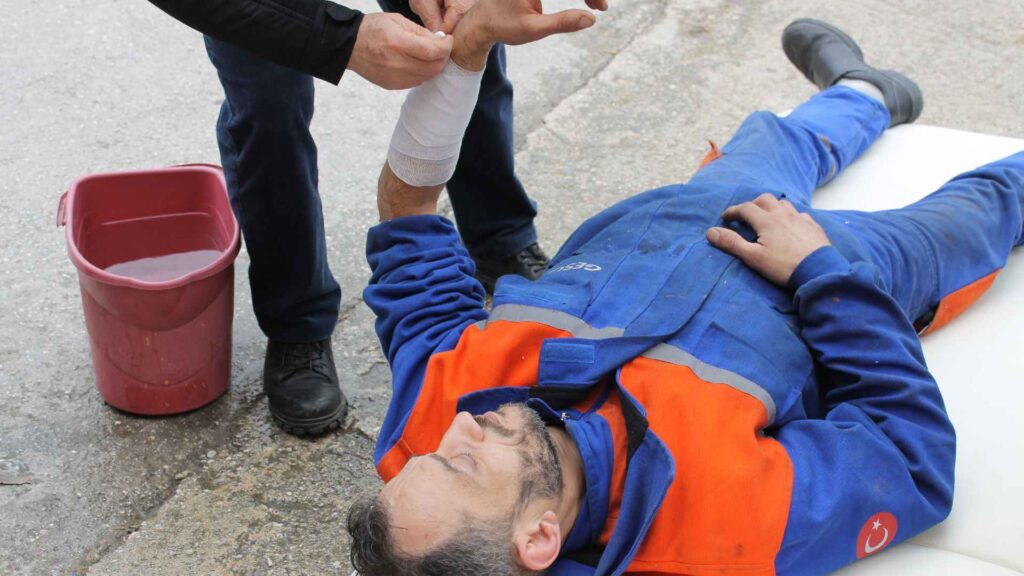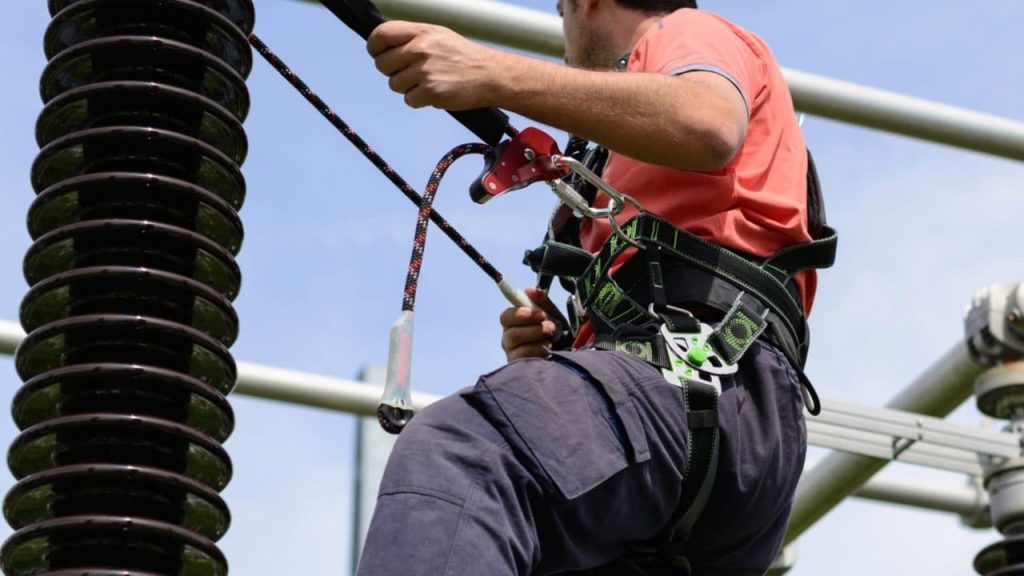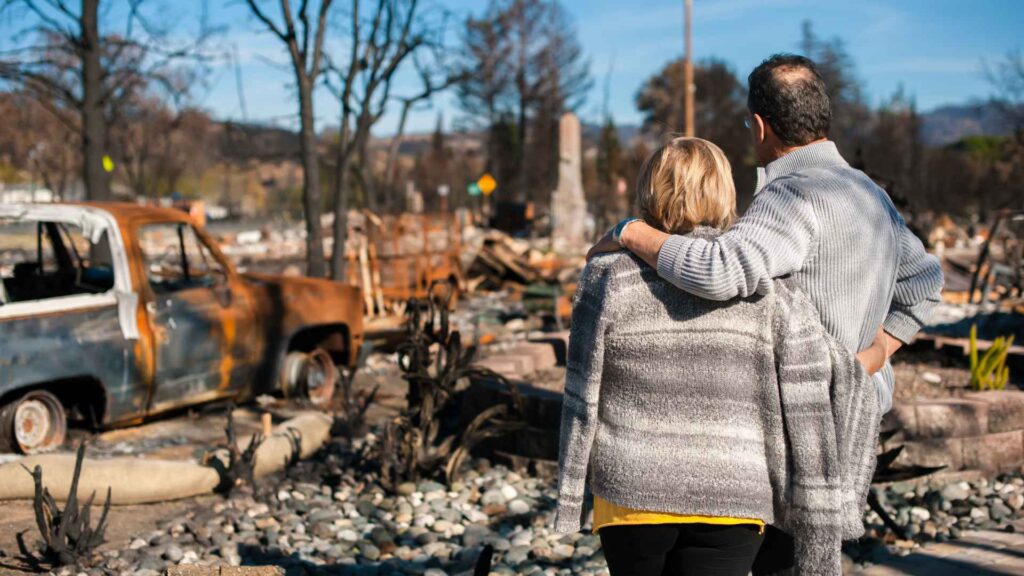A great number of individuals know the importance of first aid training, but very few know how critical it is to be CPR and emergency response certified. In the US, we have the luxury of living a reasonably safe life, but natural disasters can strike anytime. We have hurricanes and earthquakes, as well as wildfires and floods. The truth is that the state of emergency takes place when we least expect it. The recent wildfires in LA, for example, show just how terrible things can go in an instant, forcing thousands to move and communities left in ruins. In these cases, having an emergency first aid kit and the knowledge of how to utilize it properly can save lives.
The Consequences of Los Angeles Wildfires and Community Participation
As the Los Angeles wildfires broke out on January 7, 2025, more than 200,000 residents of Los Angeles County and nearby areas were compelled to evacuate. More than 16,000 firefighters and first responders were sent out, using over 2000 pieces of equipment, such as 80-plus aircraft and 200 bulldozers. Furthermore, the swift mobilization was supported by the order of 2500 National Guard troops and emergency executive orders to aid in the response. Even with all this aid, at least 29 deaths were reported, along with over 12,000 damaged homes and businesses within 40,000 burned acres.
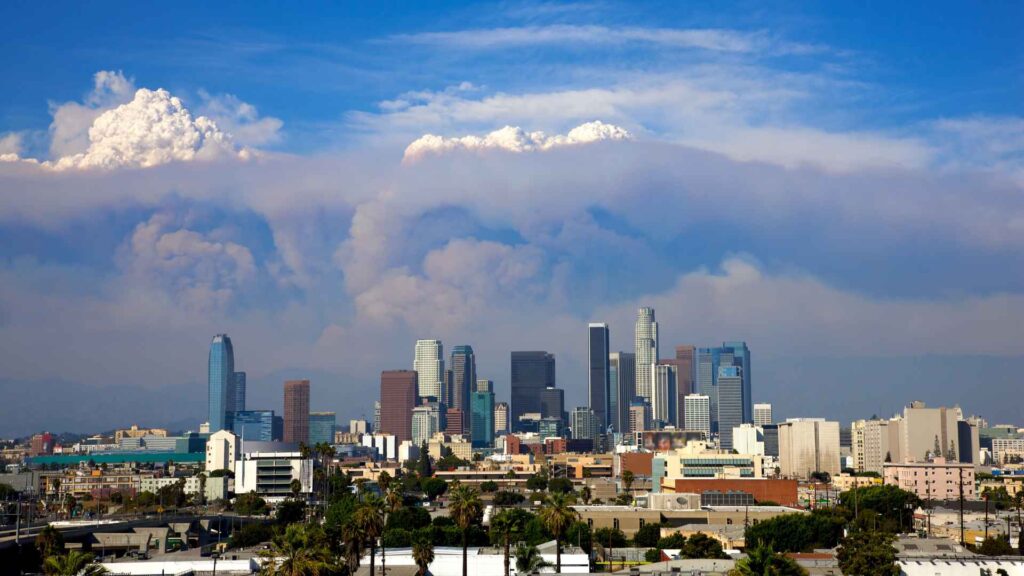
One more time, the LA community pulled together in an inspiring show of resilience. Over 1,000 volunteers helped out at the FEMA Disaster Recovery Centers by assisting displaced residents. A benefit concert, FireAid, received a staggering $100 million, with $50 million already distributed to local nonprofits for immediate relief, providing temporary housing and food access. From the outside, the support was ceaseless. While the California Fire Foundation assisted with vital supplies, Project HOPE’s Emergency Response Team provided health consultations and supplies to more than 16,000 people. From abroad, Australia provided support by sharing essential wildfire mitigation techniques that Los Angeles could utilize not just for immediate recovery, but for proactive preparedness for the future.
Importance of Learning First Aid
During an emergency, it is common for services to be overwhelmed, which could lead to delays. It is reassuring to know that medical help will be present immediately after a disaster, but that is sadly not always guaranteed. Picture this: you’re hiking in the mountains, and a friend gets deeply hurt, or your kid accidentally falls into the swimming pool. Every moment is critical, and without the right expertise, you could feel powerless in these desperate situations.
The American Red Cross, along with several other emergency response agencies, highlight the importance of first aid training as part of disaster preparedness. In the greater Los Angeles area, Coast2Coast First Aid & Safety offers first aid and CPR certification courses designed to give people the necessary skills to respond during emergencies. When trained, you are now able to help your family, as well as members of your community, during natural disasters and other emergencies.
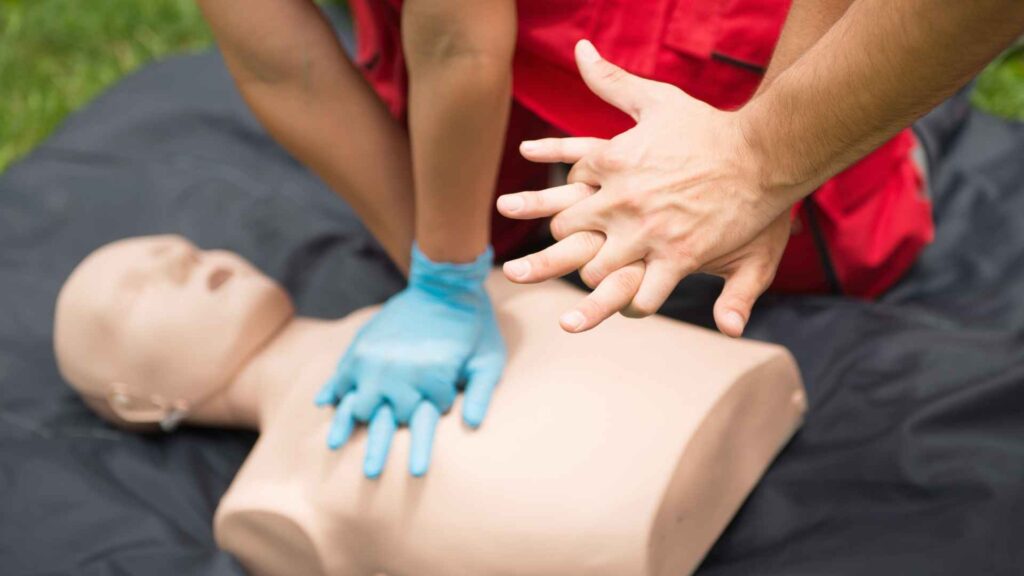
Register for CPR or First Aid Training
Speedy and Efficient First Aid Training
Some might not know that taking first aid and CPR courses does not have to be time-consuming. Within one to two days, participants can have the theoretical knowledge and practical experience needed to manage medical crisis situations.
Here are some course lengths for reference:
- Adult CPR/AED
- Online Blended Training: 2 hours and 25 minutes online, followed by 1 hour and 25 minutes in-class.
- All In-Class Training: 2 hours and 15 minutes.
- Pediatric CPR/AED
- Online Blended Training: 1 hour and 35 minutes online, followed by 1 hour and 15 minutes in-class.
- All In-Class Training: 1 hour and 30 minutes.
- Adult and Pediatric CPR/AED
- Online Blended Training: 2 hours and 25 minutes online, followed by 2 hours and 10 minutes in-class.
- All In-Class Training: 3 hours and 45 minutes.
These courses teach skills to save lives, such as bleeding control, the recovery position, and CPR, all of which are critical responses to an emergency.
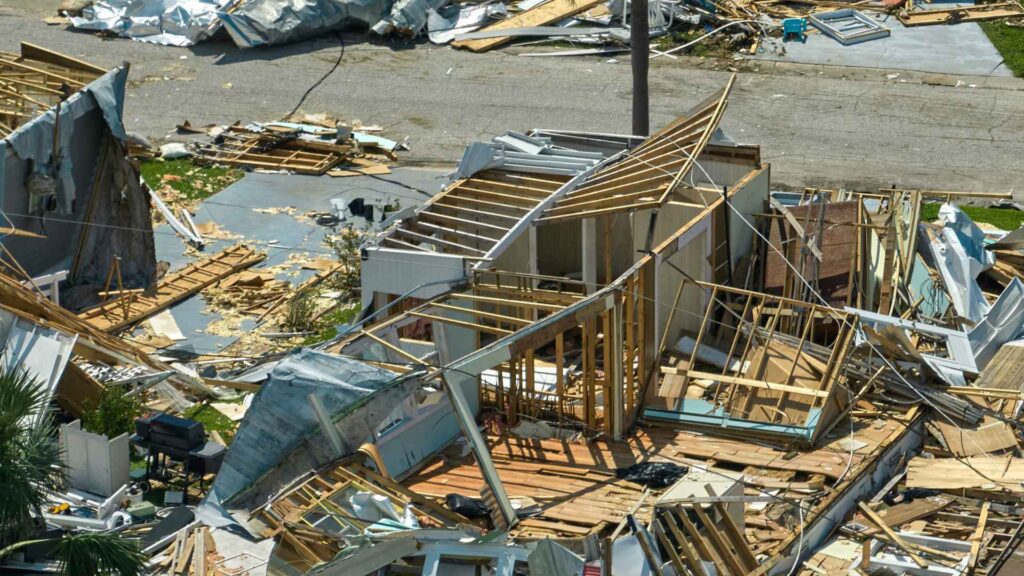
Important First Aid Skills for Natural Disasters
Natural disasters happen unpredictably, with little or no notice. Medical help is not easily accessible or available at these times. This is why knowing life saving first aid skills can be a life savior. Some of the key skills are:
- Bleeding Control: Applying pressure, using bandages, and creating improvised tourniquets.
- Recovery Position: Keeping an unconscious person’s airway open.
- CPR: Performing chest compressions to maintain circulation until help arrives.
- Choking Response: Addressing airway blockages in adults, children, and infants.
- Shock Management: Recognizing and treating signs of shock.
- Fracture and Spinal Injury Care: Stabilizing injuries to prevent further harm.
- Electrical Safety: Knowing how to respond to electrical hazards in disaster scenarios.
- Protective Clothing & Safety: Using gloves, masks, and sturdy footwear to minimize risks.
The first rule of first aid is to ensure your own safety before assisting others. Coast2Coast First Aid & Safety offers hands-on training in the Los Angeles area to help individuals gain these essential skills and build confidence in emergency situations.
Are You Ready To Help? Sign Up For A First Aid Course Now
First responders are crucial to save lives, as is having first responders readily available. First aid training steps all the way from CPR to first-aid bleeding control retraining prepare one to efficiently deal with medical emergencies with confidence for their own safety and those around them.
The recent wildfires in Los Angeles have demonstrated the importance of being prepared. With nearly $700 million in federal assistance allocated to recovery efforts, the city is rebuilding, but individuals must also take personal responsibility for readiness. Enrolling in a first aid and CPR course with Coast2Coast First Aid & Safety can help you gain the skills needed to take action when it matters most.
Don’t wait for a crisis to realize the importance of these skills. Be prepared, be proactive, and be ready to make a difference.
